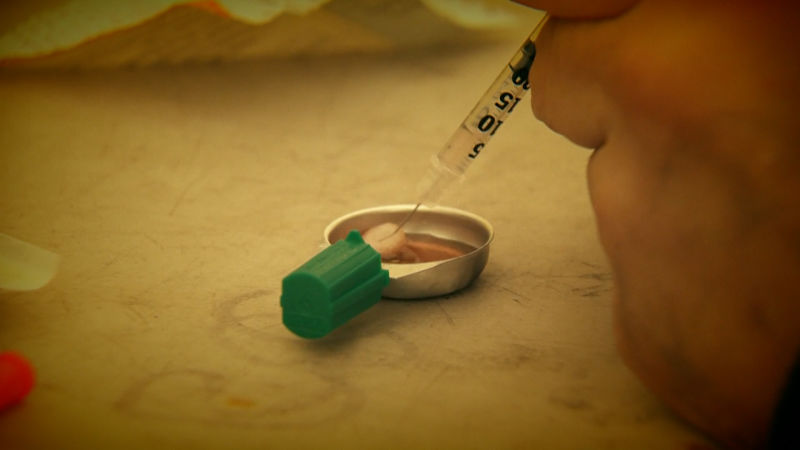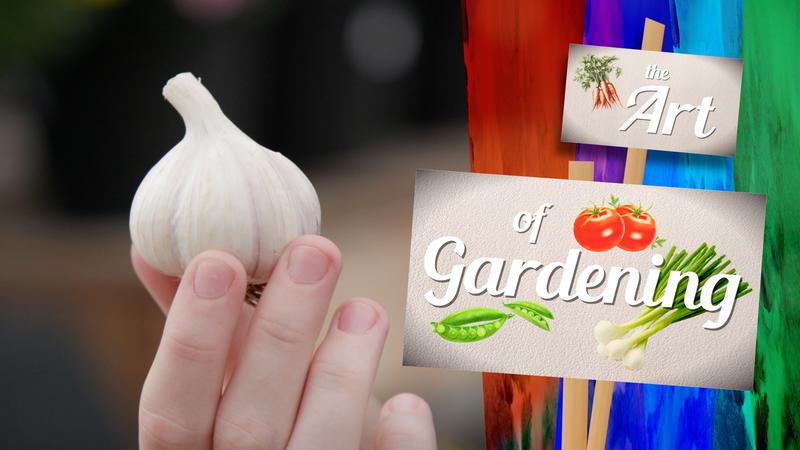
Marginalization, isolation contribute to the high number of toxic drug deaths in B.C.
KAMLOOPS — Last week, B.C.’s Chief Coroner released the latest statistics on deaths as a result of the toxic drug supply in the province.
So far, B.C. could see upwards of 2,000 deaths because of a tainted illicit drug supply. In Kamloops, there have already been 60 toxic drug-related deaths from January to October of 2021.
The median age of the people dying from illicit toxic drug use is 43 years, while 79 per cent of those who died are men.
Doctor Cecilia Benoit is a scientist with the Canadian Institute for Substance Use Research. She says the factors like isolation and marginalization can lead to young men using substances to cope.


